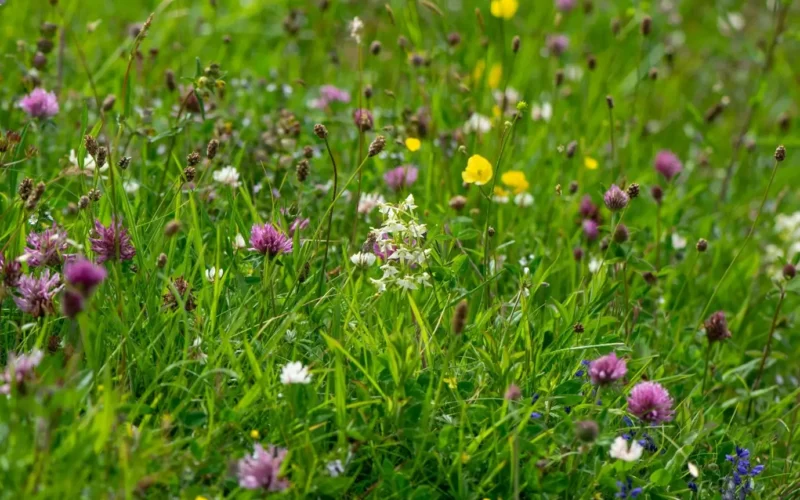The quality of water on farm is critical for the farm business but additionally to the biodiversity which the land supports and provides habitats for. The ecosystem services that are provided by pollinators, birds, and other species are critical for farms and their livelihoods needs to be protected and enhanced. With species around Scotland being impacted through loss of habitat, climate change and pollution there are ways to enhance and protect their habitats on farm.

